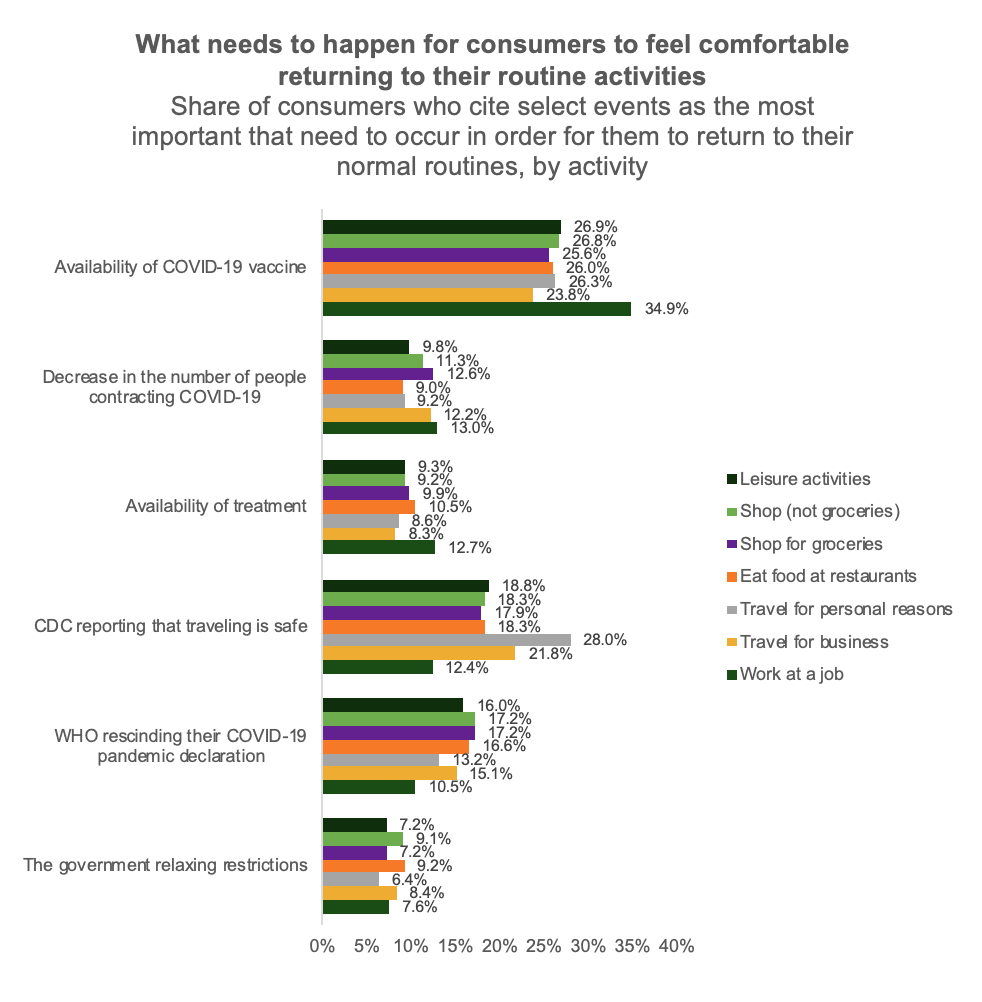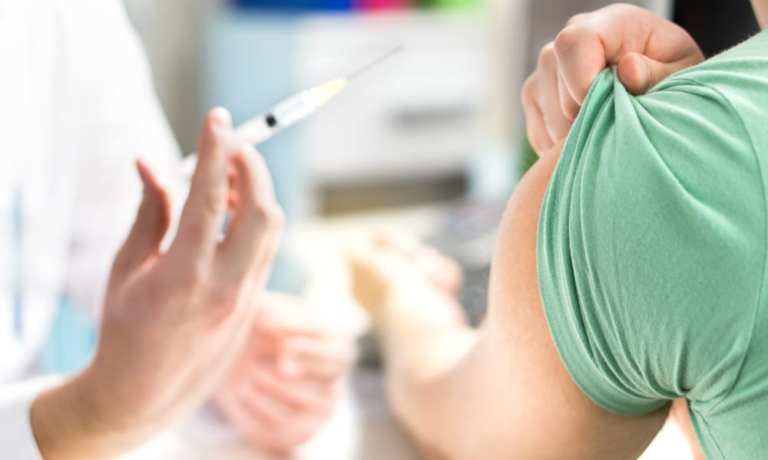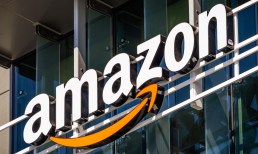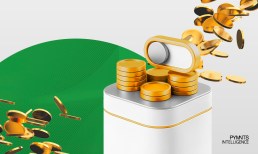For technologists and those in the payments arena, a fast-moving world is standard operating procedure. Today’s shiniest innovation will be old hat in six months – and in two years, it will either be gone entirely or so baked into people’s lives that it fails to attract much notice. Any number of interviews at PYMNTS begin with an observation of how far away a year ago seems, and how five years feels like ancient history.
But even for people accustomed to a world that moves fast, the “before” and “after” of March 2020 is truly a whiplash-inducing series of changes. A month ago – according to data PYMNTS has been gathering since early March – 82 percent of Americans were eating in restaurants, 78 percent were shopping in retail stores, 60 percent were going to work and 69 percent were doing things like going to the movies, attending sporting events and going to concerts. The NBA was still playing, office workers were setting up their March Madness brackets and betting pools, baseball season was gearing up and the Olympic torch was on its international journey toward Tokyo for the Games that were set to begin this summer. Cruise ships were sailing, college students were gearing up for spring break, families were getting ready for school vacation trips to Disney World, businesses were settling the final details for their spring events and people the world over were planning their late spring and early summer excursions.
In short, it was business as usual in late winter/early spring in the U.S.
But today – April 6, a little over 20 days since the World Health Organization (WHO) officially declared COVID-19 a global pandemic – business is so far from usual that the term has more or less lost all meaning. As our latest numbers demonstrate, in the span of three weeks, digital mostly consumers have become digital-only consumers, as real-world commerce has closed its doors – either by choice or by statute.
But though commerce has gone digital, there is far, far less of it: 87 percent of consumers report shopping less for groceries, and 80 percent are shopping less for non-grocery items. Ninety-three percent report eating at restaurants less often, while 93 percent and 86 percent of consumers report traveling less for leisure and business, respectively.
The economic carnage caused by COVID-19 has left many consumers without paychecks and scrambling to make ends meet – and even who have been spared the loss of their income are notably tightening their belts, spending less, saving more and changing what they buy.
Advertisement: Scroll to Continue
“All consumers are shifting their spending to essentials,” Karen Webster wrote in her commentary on the latest figures this week. “Of the 30 percent of consumers who have now largely shifted their spend online over the last 22 days, three times more consumers are buying cleaning supplies (59 percent) than clothes (19 percent) and four times more consumers are buying medical supplies (43 percent) than home furnishings (11 percent).”

The fact that things are not normal is inarguable, as the numbers reflect “business as unusual” for nearly everyone. Which begs the obvious questions: When will this all be over, and what will it take for things to get back to normal?
Due to the complexity of the situation at hand, there are, of course, many answers. From a public health standpoint or a policy standpoint, for example, we would turn to the experts at the CDC and NIH. But from a consumer’s perspective, our most recent numbers offer some insight. And, it seems, there is a wait ahead of us – though not an entirely equal one.
In the last few weeks, the data show, consumers have strongly reported their position on how big of a threat they consider COVID-19 to be personally. A little under a month ago, just under a third of the approximately 2,000 people we polled reported being very or extremely concerned about contracting COVID-19. As of today, that has jumped to more than two-thirds of those we polled expressing serious concern about the integrity of their health during the crisis. Consumers’ concerns about dying from the disease have also dramatically increased.
As for what it will take to get them back out in the world again, it should perhaps come as no surprise that the development of a vaccine was the top-cited factor, with 71 percent reporting that as a leading preference – a 2.4 percent increase in just the last 10 days.





